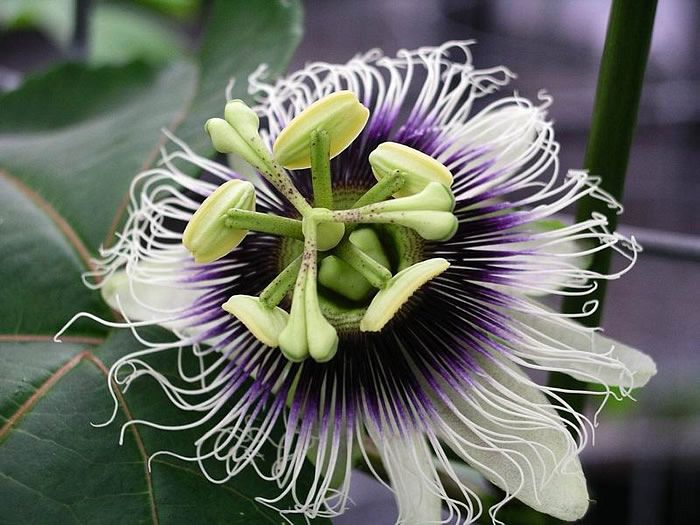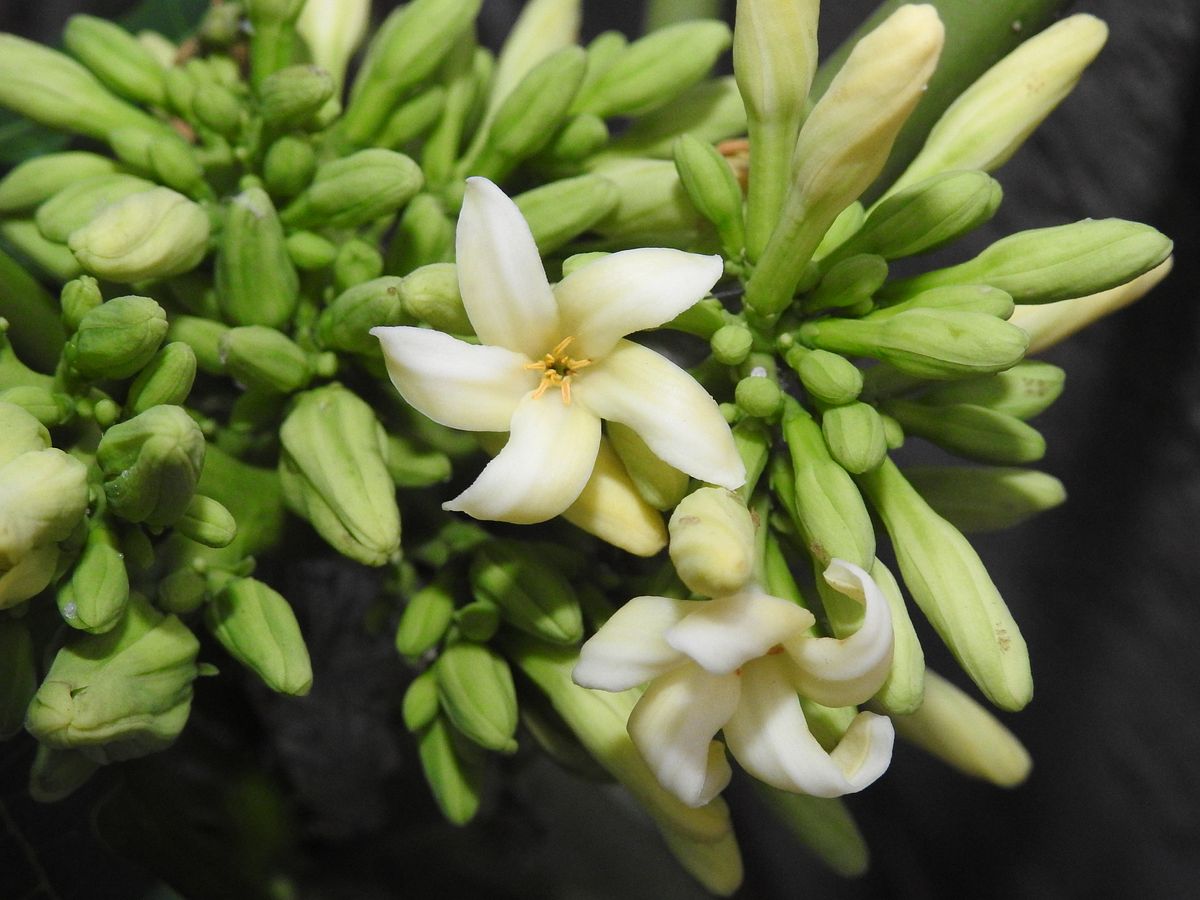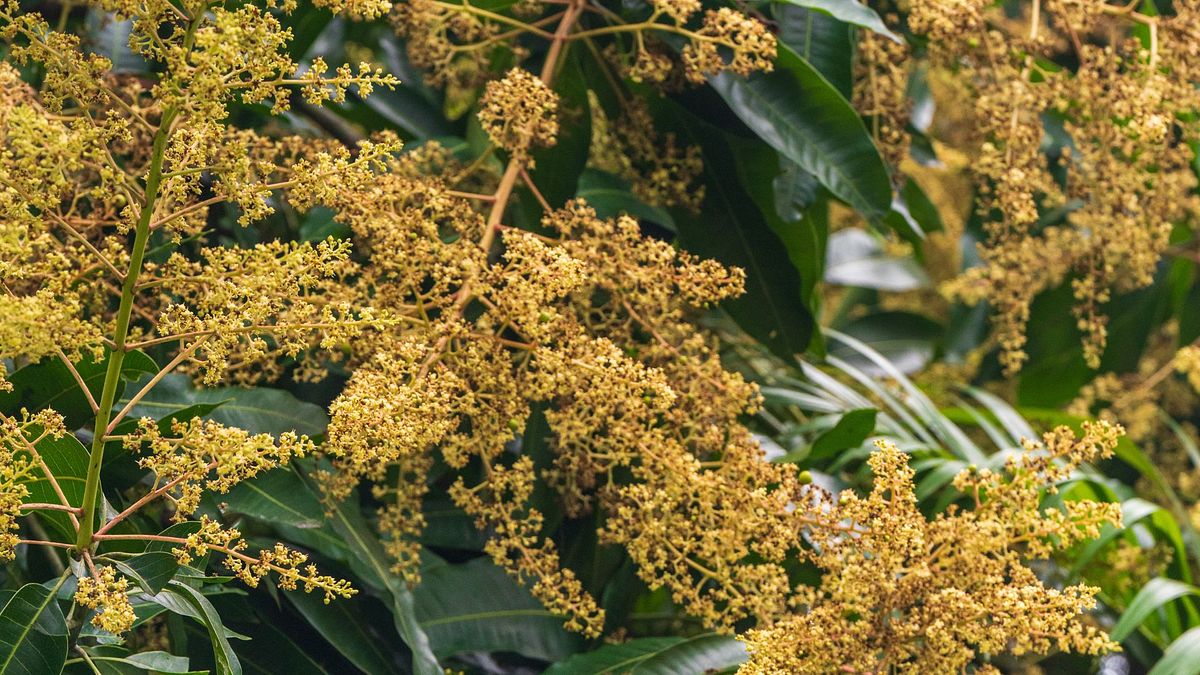What does a mango flower look like?
Despite eating hundreds, if not thousands, of mangoes in my life, until last month I wouldn’t have been able to say. The phalanxes of yellow flowers assembled amongst the lush leaves brought delight followed by existential dread.
I profess to love fruits and have written about this love at length. And yet, what does the flower of a jackfruit, lychee, mangosteen or custard apple tree look like? Without Googling, I wouldn’t know. How can I love something I know so little about? And the two are inextricably linked: fruits form only after a flower has been pollinated with the fertilized ovules contained within ovaries that develop into fruit to protect the seeds.

The simple process of flower to fruit. Graphic via Klorane Botanical Foundation.
I suspect I share this absolute unfamiliarity with fruit tree flowers with many of Saigoneer's readers. And worst of all, picking from a fruit plate at karaoke, strolling a local market, or placing a sinh tố order has never forced us to reflect on how little we know; how we are wholly untethered from the totalities of an item we crave. It would be like never having thought to ask about a romantic partner's hometown or family.


Left: Passion fruit flower. Photo via Wikimedia / Right: Papaya fruit flower. Photo via Wikimedia.
When sharing this horrific realization with friends, some pushed back, noting that they grew up beside orchards and can still picture the hypnotically purple swirls punctuating passion fruit flowers and the swirling, throwing star-esque papaya flowers. Yet, I fear this is a dwindling experience. As Vietnam urbanizes and farming continues to automate, even fewer people will be able to identify the flowers of different fruit trees. This means we will have a less profound and more incomplete appreciation for fruits in particular, and the natural world in general.
The word anemoia means to long for something that you may have never known. I now have anemoia for lazy childhood shortcuts through orchards surrounding my house, unconscioulsy learning the flowers that precede each juicy bite of fruit. Fruits are consequential to Vietnam’s economy, culture and identity; we owe it to them to learn about the flowers they transform from.
















